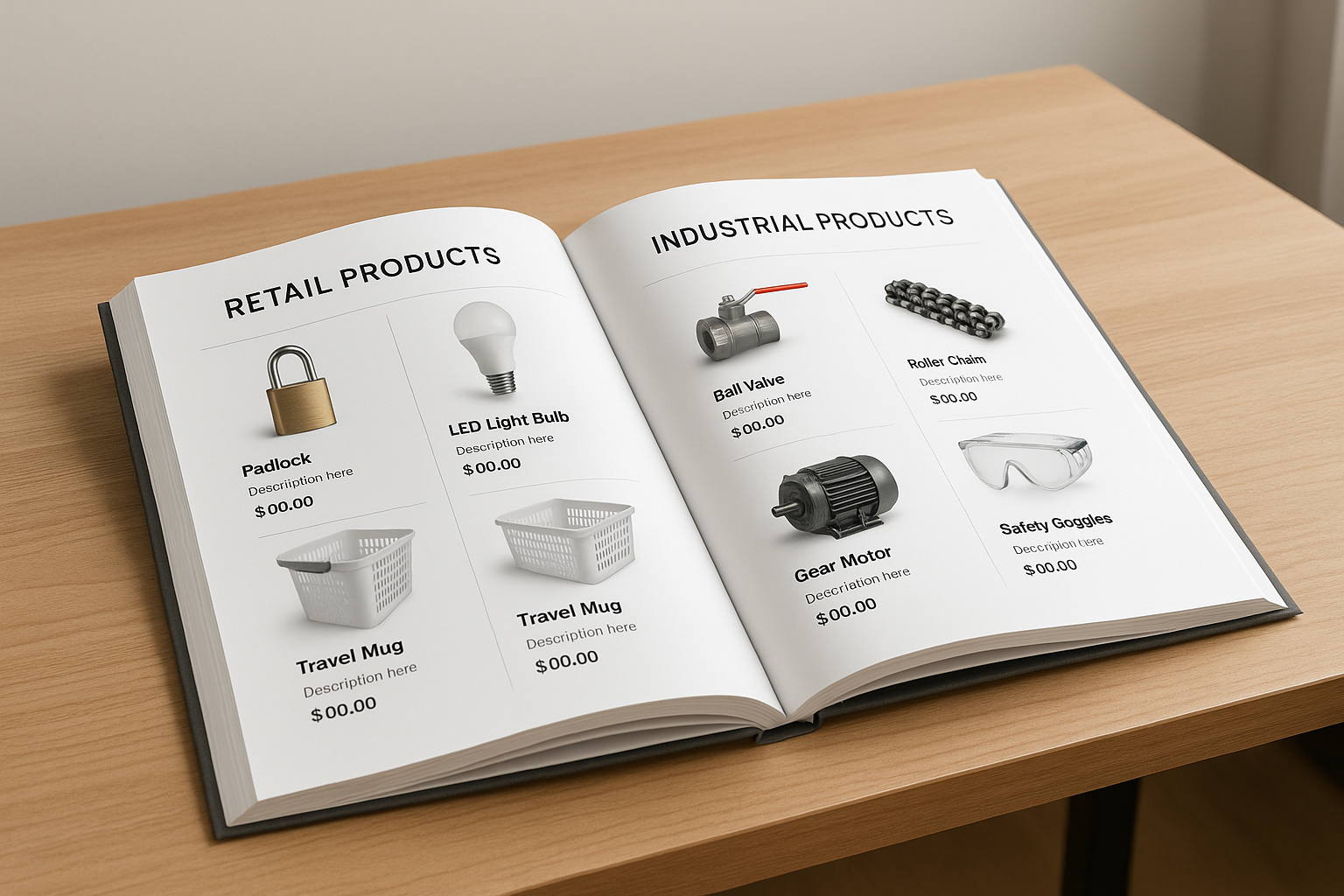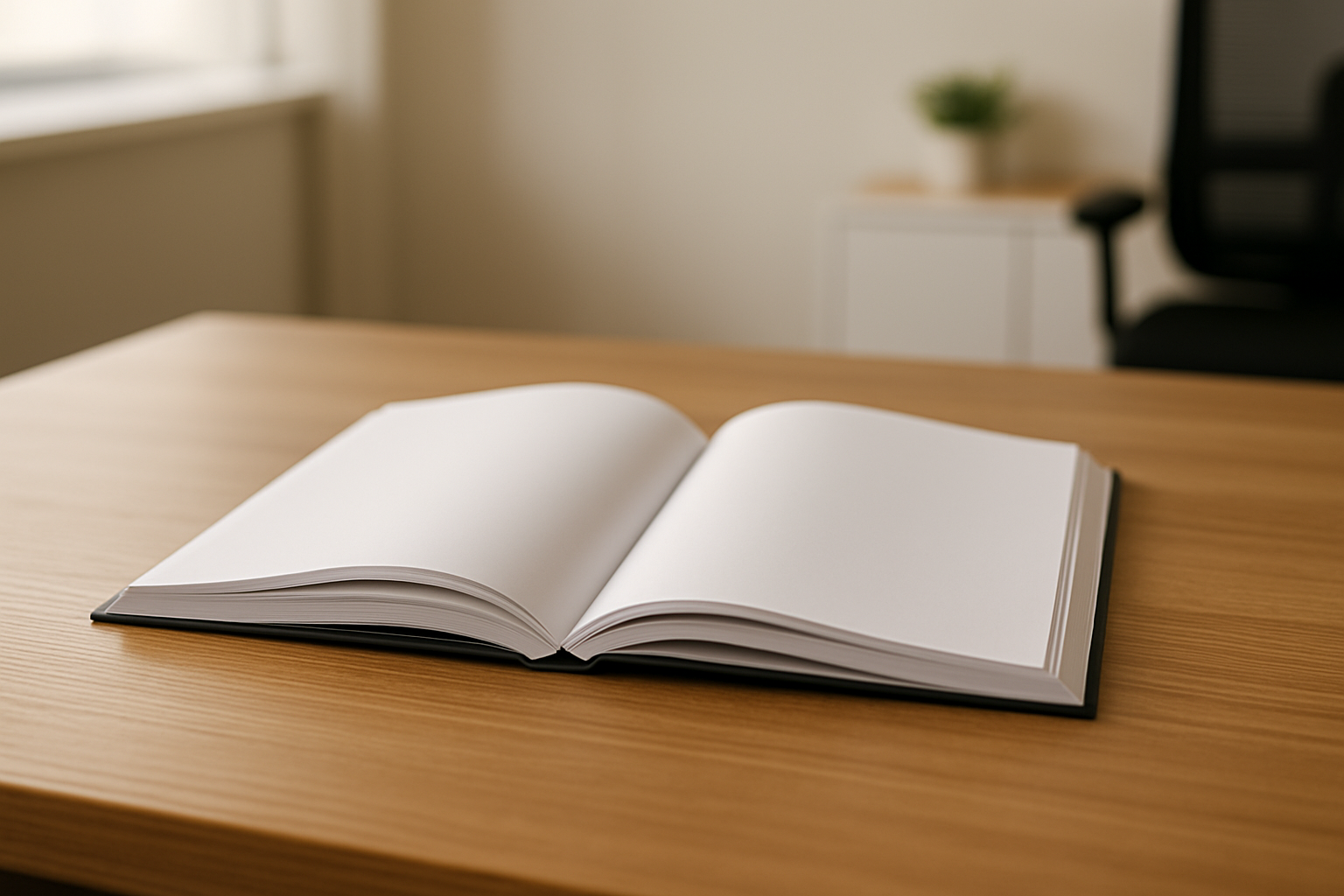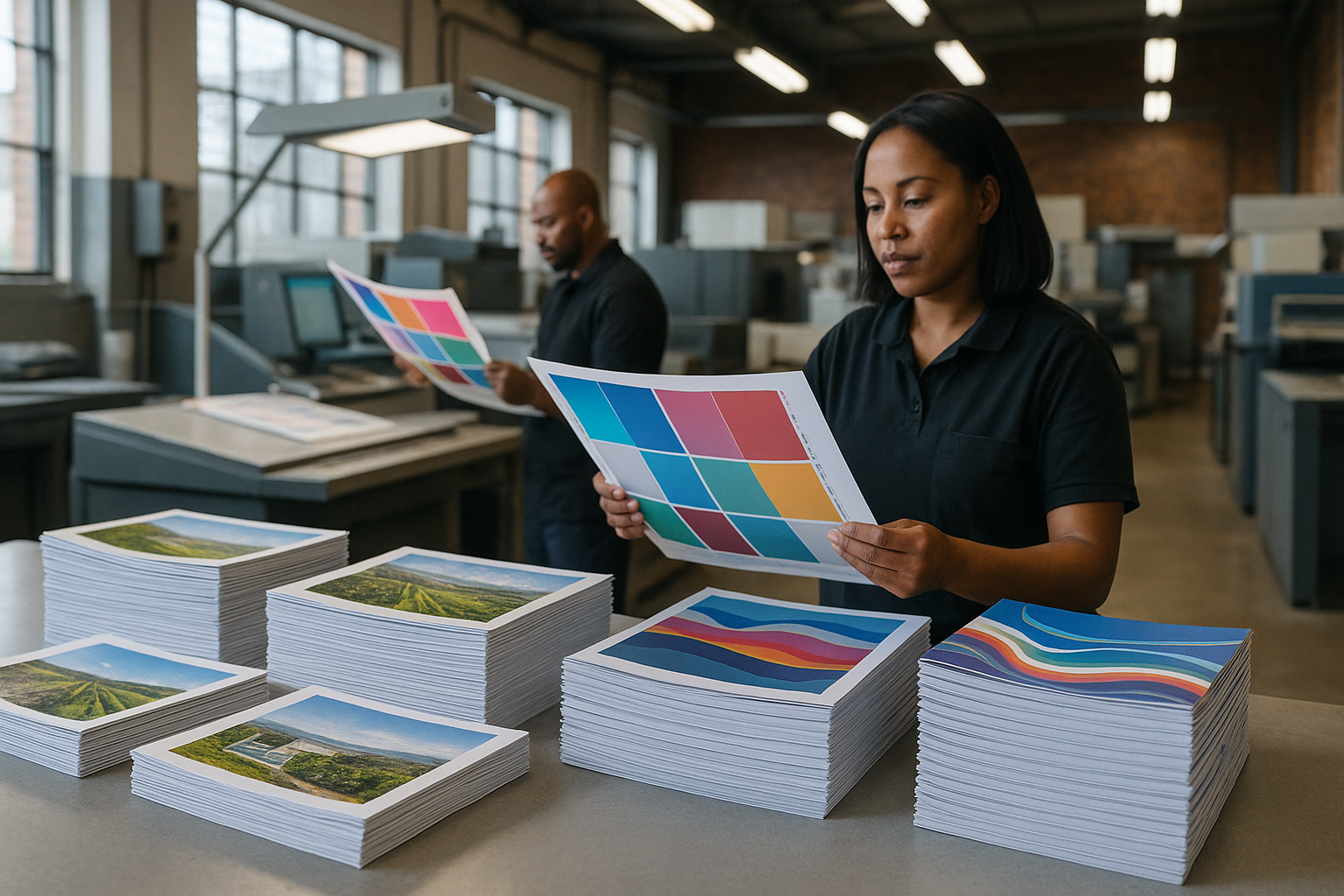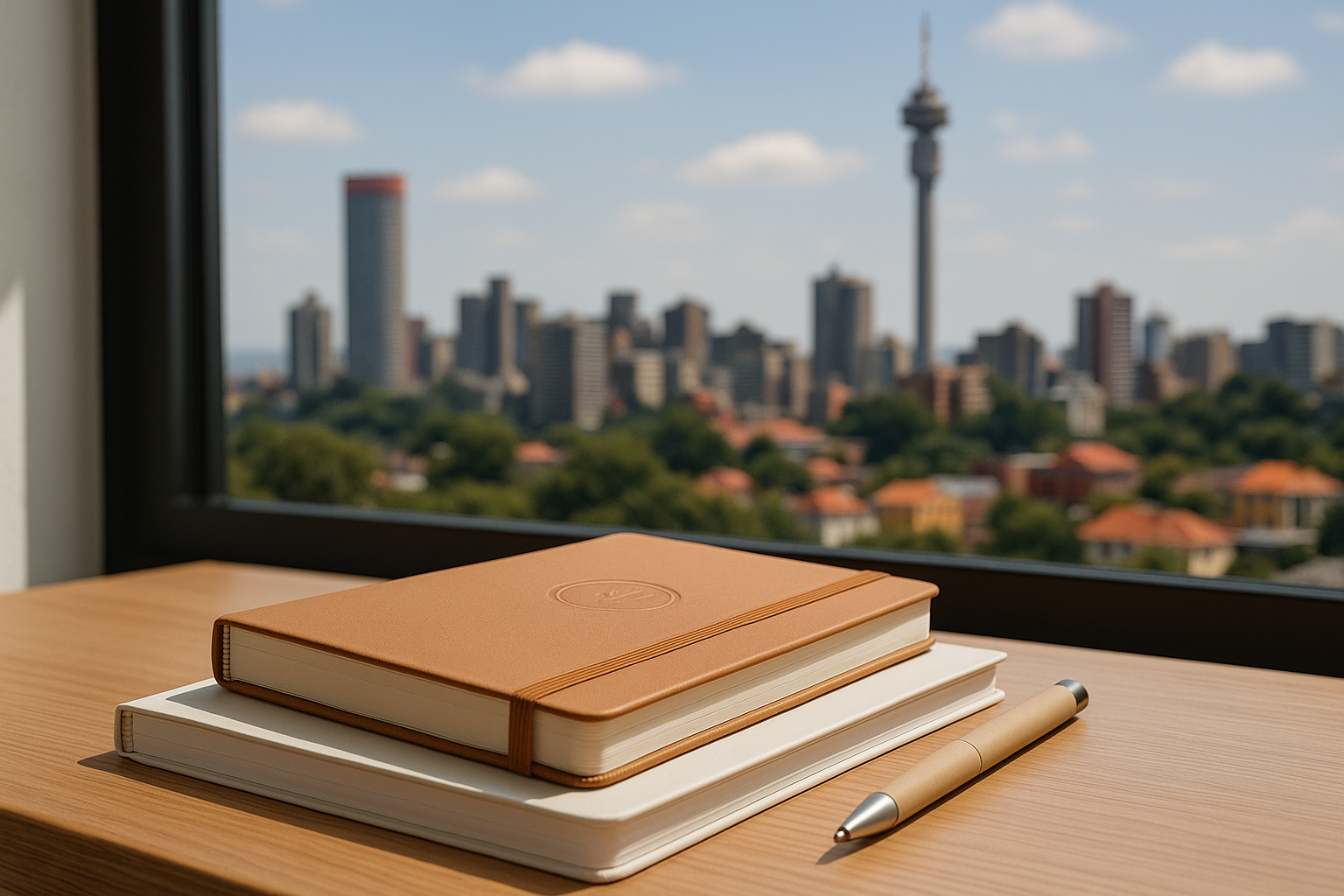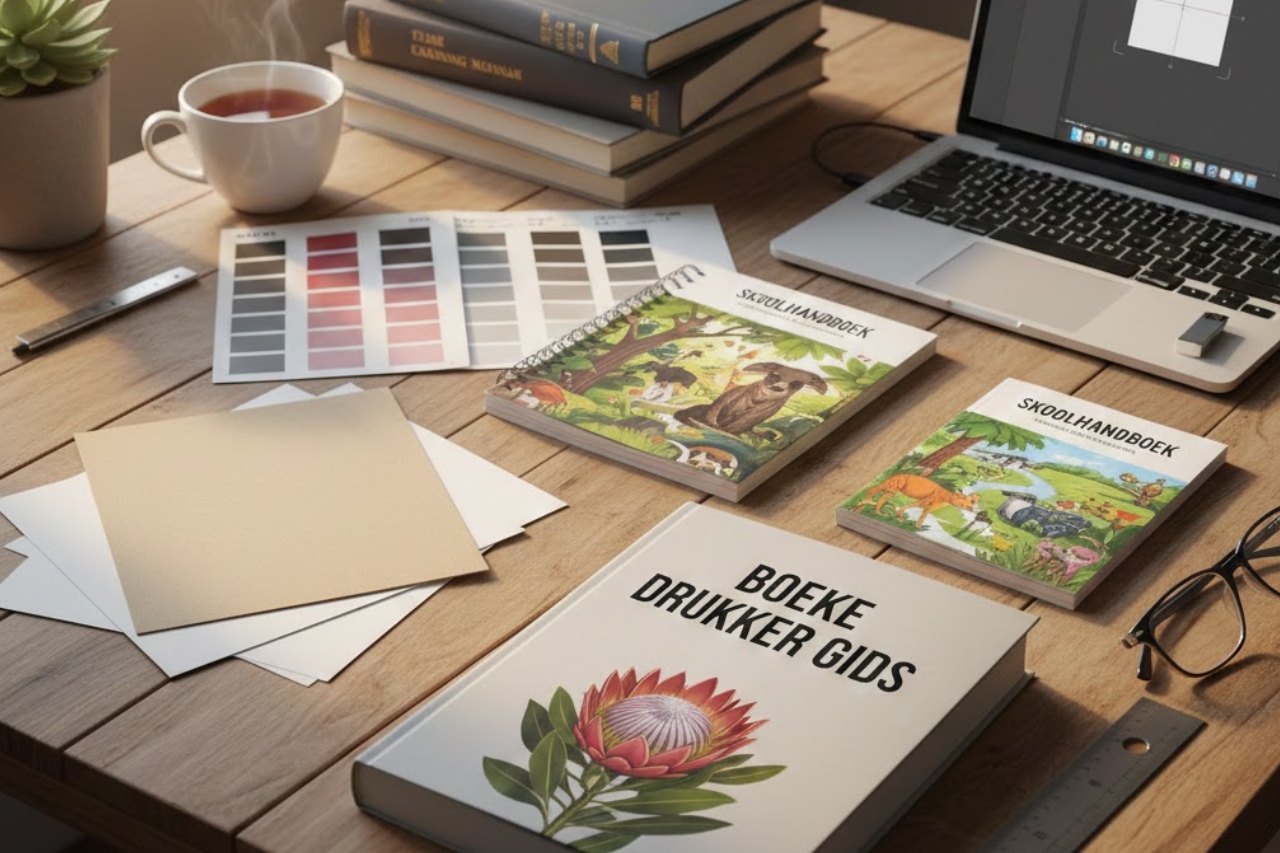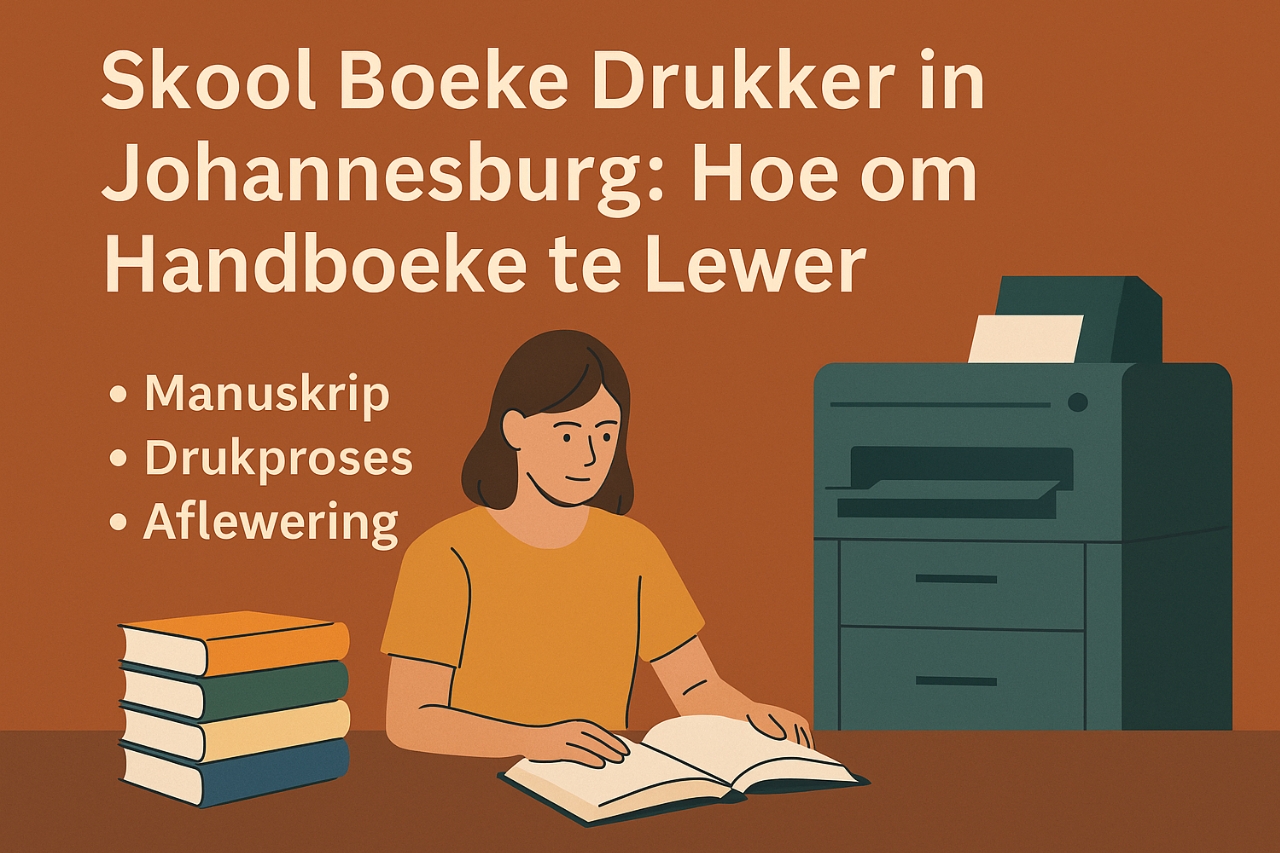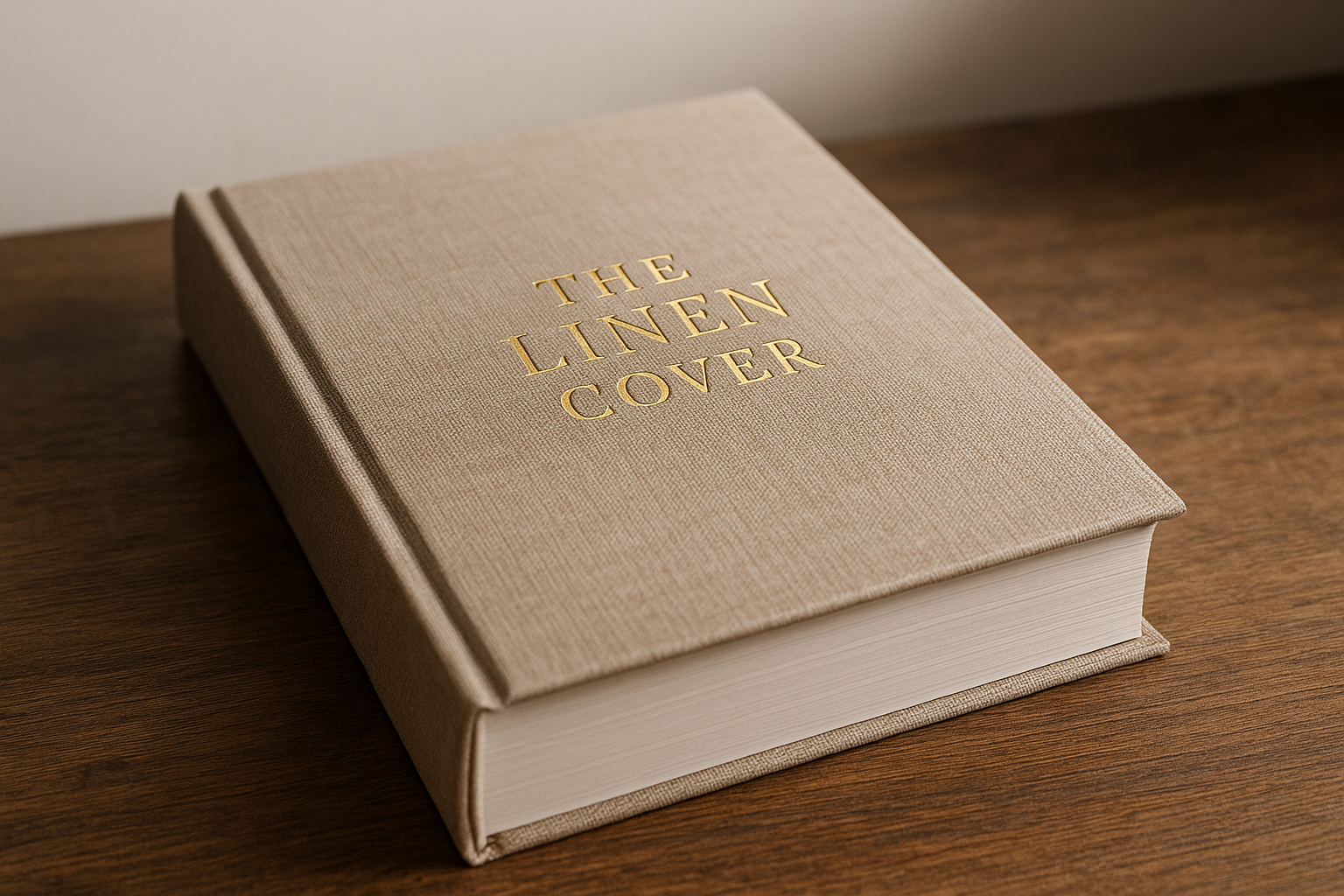Catalogue printing and design services are an essential marketing tool for retail, real estate, and manufacturing brands — especially for businesses that need high-volume, high-impact printed materials across South Africa. Whether you’re preparing seasonal retail catalogues, property brochures for real estate launches, or technical part catalogues for manufacturers, the right print partner makes design, production, and distribution straightforward and cost-effective.
What are catalogue printing and design services, and why do they matter?
Catalogue printing and design services cover the full process of producing printed catalogues: concept and layout design, image retouching, typesetting, proofing, choice of paper stock, finishing (such as varnish, lamination, or spot UV), printing via litho and digital printing, binding, and delivery. These services matter because a professionally designed and printed catalogue converts interest into sales — it communicates product specifications, prices, and brand story in a tactile, trusted format.
Printed catalogues work alongside digital channels to reinforce message recall and customer trust. In South Africa’s competitive retail and manufacturing sectors, print remains a reliable channel for promotional cycles, school term preparation materials, and trade shows.
Who benefits from catalogue printing and design services?
Retailers, real estate agencies, corporates and manufacturers benefit the most, but these services also support educational printing, booklet printing, brochure printing, and event materials. Retail brands use catalogues for seasonal promotions and direct mail. Real estate developers deploy bespoke brochures and property catalogues for launches. Manufacturers rely on product catalogues to show specifications, part numbers, and installation guidelines.
Educational institutions may use similar production pipelines for school textbook printing, bulk educational printing for schools, and newsletters. Small businesses leverage catalogues, brochure printing, and business card printing to create integrated marketing materials that are consistent in quality and design.
Catalogue printing and design services: what production methods are used?
Both litho and digital printing are widely used in catalogue production. Litho printing is ideal for large runs and precise colour management; digital printing is perfect for short runs, fast turnaround printing, and print-on-demand work. Many providers combine methods to optimize cost-effective print solutions while maintaining quality.
Typical production stages include prepress checks, colour proofing, press runs, binding (saddle stitch, perfect bind, or wire-o), and finishing. Packaging printing and custom publishing may be added for boxed catalogues or premium sets. Choosing the correct method depends on run size, turnaround time, and finishing requirements.
How do turnaround time and distribution work for businesses across South Africa?
Fast turnaround printing is increasingly important for promotional calendars and event-driven campaigns. Most commercial printing providers offer tiered production schedules — standard, expedited, and rush — paired with reliable print delivery across South Africa. Delivery options can include palletised freight, courier for smaller runs, or direct drop-shipping to multiple retail outlets.
When planning distribution, factor in proof approval times, artwork finalisation, and potential consolidation for multi-site delivery. Print partners often provide logistics coordination to ensure catalogues arrive before launches, school terms, or promotional windows.
Which paper stocks and finishes are best for catalogues?
Paper choice and finishes significantly impact perceived quality. Common stocks range from 90–170 gsm for inner pages and 200–350 gsm for covers. Finishes include gloss or silk lamination, soft-touch coating, spot UV, and aqueous coatings. Custom print finishes enhance tactile appeal and durability, important for catalogues that are handled often.
Eco-friendly printing options are also popular: recycled stocks, FSC-certified paper, and eco inks reduce environmental impact. Many businesses balance premium finishes on a cover with more economical inner pages to manage costs without sacrificing brand image.
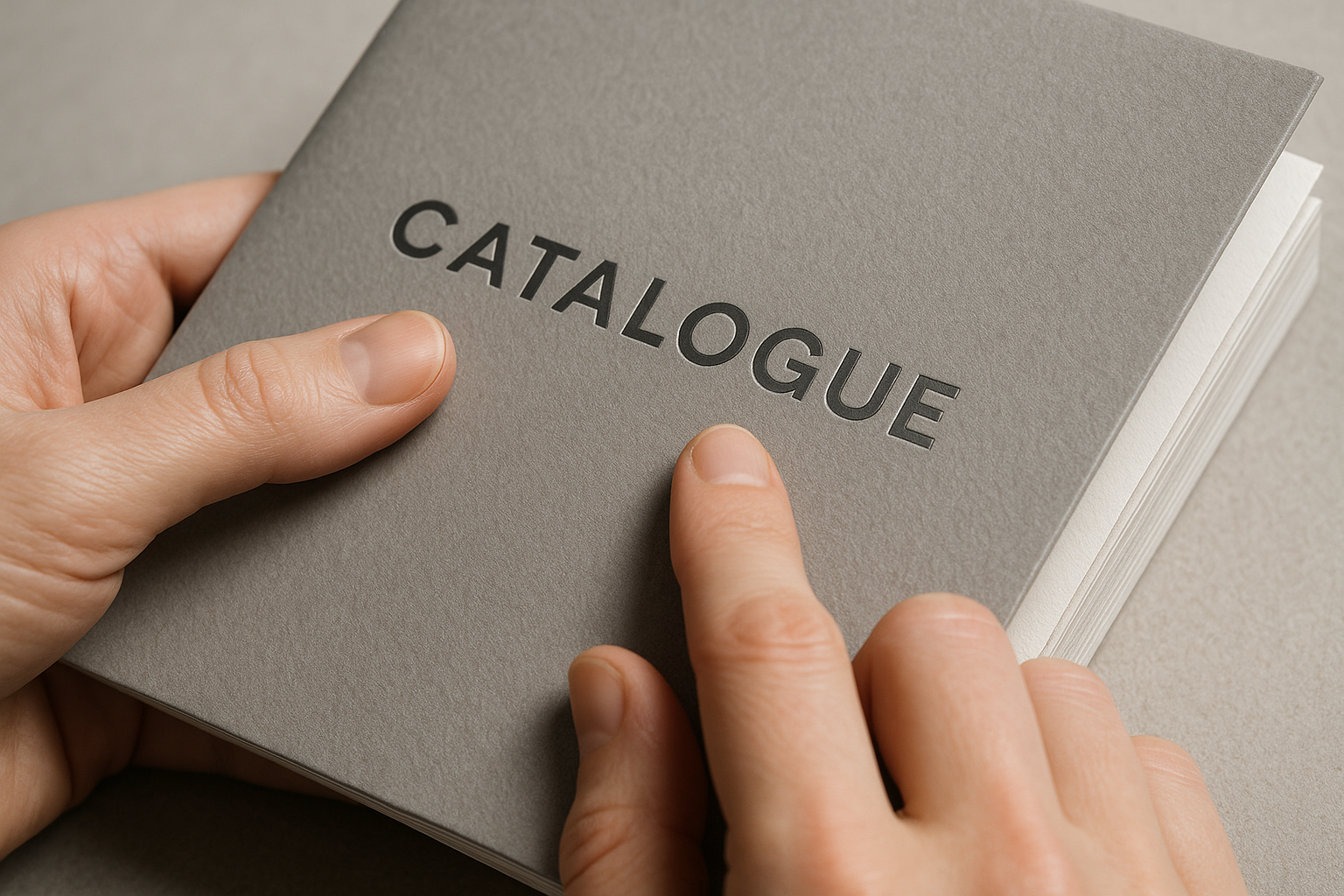
How does design impact catalogue effectiveness and conversion?
Good design organizes products, highlights features, and guides readers toward purchase decisions. Designers consider hierarchy, white space, consistent product grids, and clear call-to-action (CTA) elements such as SKUs, pricing, and ordering instructions. For real estate, layouts emphasize imagery, floor plans, and location highlights. For manufacturers, clarity in technical specifications and part numbers is crucial.
Many catalogue projects include photography direction, image retouching, and infographics to communicate complex information clearly. Investing in professional catalogue design reduces errors downstream and shortens the proofing process.
What are cost drivers and how can businesses reduce printing expenses?
Major cost drivers include run length, paper stock, finishing, colour pages versus black-and-white, and binding type. Economies of scale favour larger print runs, but print-on-demand and digital short runs reduce waste and storage costs for businesses with fluctuating inventory.
Ways to reduce costs:
- Consolidate editions and use variable data printing selectively.
- Mix premium cover stock with economical inner pages.
- Opt for efficient pagination and standard sheet sizes to minimise waste.
- Use digital proofs to avoid reprints caused by errors.
These approaches help maintain quality while keeping budgets predictable for marketing teams and procurement.
How do catalogue printing services integrate with other print products?
Catalogue projects often sit inside a broader print and marketing ecosystem. Providers typically offer complementary services such as brochure printing services, booklet printing, business card printing, and newsletter printing. This ensures consistent branding across campaigns and cost efficiencies through bundled production runs.
For educational clients, print partners can extend capabilities to school textbook printing, training manual printing, books printing, and education printing — useful for institutions preparing for a new school term or bulk educational printing for schools.
See related services: catalogue printing, brochure printing services, booklet printing, textbook printing, and education printing.
How do sustainability and eco-friendly printing options affect production choices?
Demand for eco-friendly printing options is growing. Businesses can choose recycled and FSC-certified papers, eco inks, and carbon-offset shipping. Sustainable choices sometimes increase unit costs but improve brand perception and reduce environmental impact — an important consideration in tender responses and corporate responsibility reporting.
Manufacturers and educational clients that run regular print cycles can reduce waste using print-on-demand, minimising obsolete stock and storage costs while supporting greener operations.
What quality controls and proofs are standard during catalogue production?
Quality control includes digital preflight checks (bleeds, fonts, colour profiles), press proofs, and final press runs with spot inspections. Providers typically supply a digital PDF proof, a colour-accurate hard proof on request, and a bound sample for approval for larger runs. These steps prevent costly reprints and ensure that litho and digital printing reproduce colours and detail accurately.
For technical catalogues, cross-checking product codes and specifications during the proofreading stage is essential to avoid downstream customer service issues.
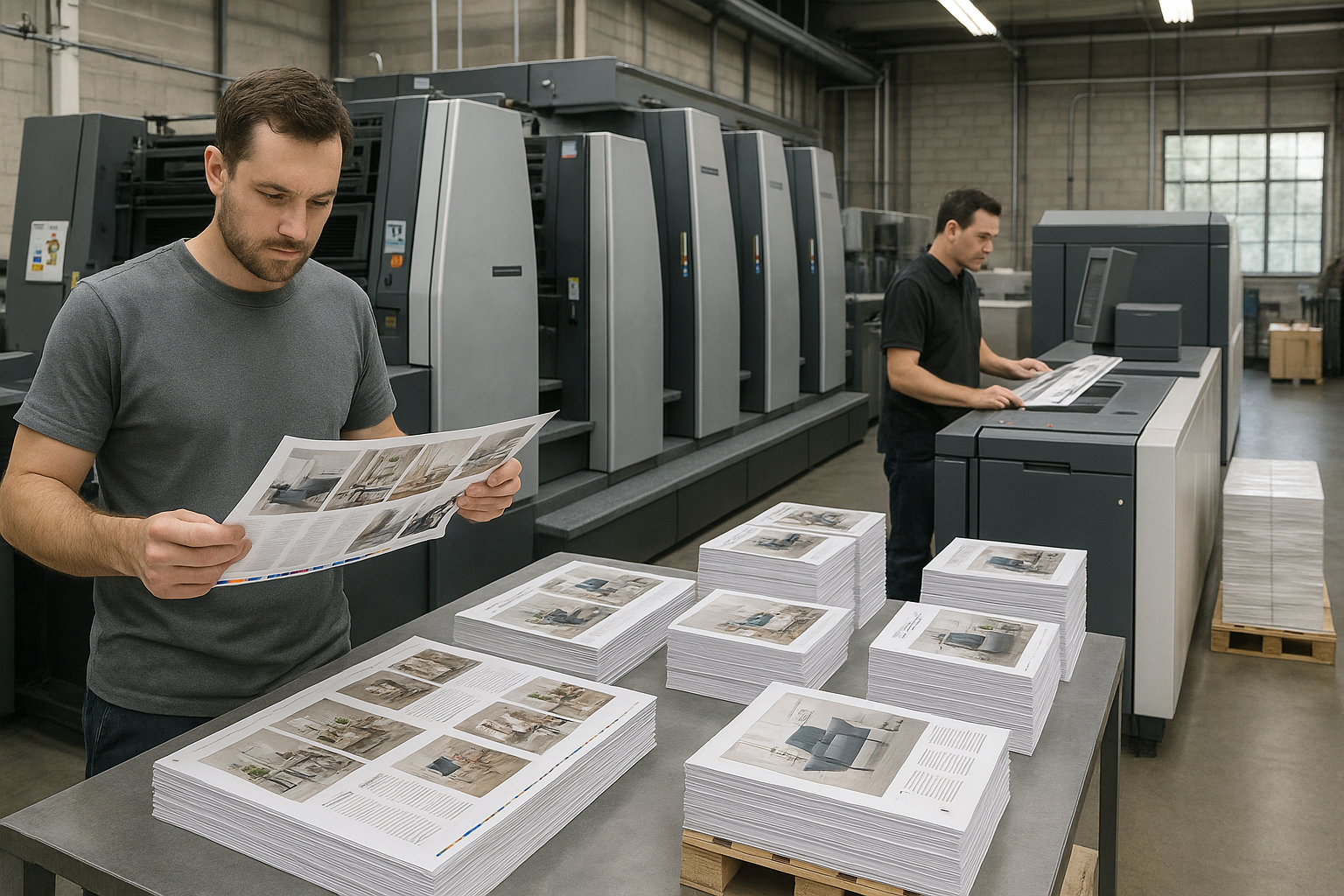
How to choose the right catalogue printing and design service provider in South Africa?
Choose a provider with experience across commercial printing sectors (retail, real estate, manufacturing) and with capabilities in both litho and digital printing. Evaluate their portfolio for catalogue printing, ask for samples of finishes, and confirm logistics for print delivery across South Africa. Look for experience in bulk educational printing for schools if you have cyclical educational needs.
Questions to ask potential partners:
- Can you handle both small and large runs with consistent quality?
- What are your lead times for proofing and production?
- Do you provide eco-friendly material options and certifications?
- Can you manage national distribution and multi-site delivery?
A reliable provider will offer transparent quotes, test proofs, and case studies tailored to your industry.
How do catalogue projects measure success and ROI?
Measure catalogue ROI by tracking response metrics tied to specific calls to action: unique coupon codes, dedicated landing pages, QR codes, or trackable order numbers. For B2B and manufacturing catalogues, measure quote requests and lead conversion rates. For real estate, track inquiries and viewing appointments attributable to the catalogue campaign.
According to the World Bank, South Africa is the most industrialized economy in Sub-Saharan Africa, which underscores the importance of professional print in supply chains and B2B communications. According to UNESCO, improving literacy and school enrollment rates correlate with continued demand for printed educational content. According to Wikipedia, printed catalogues have been a key retail medium since the 19th century and have evolved to complement digital channels.
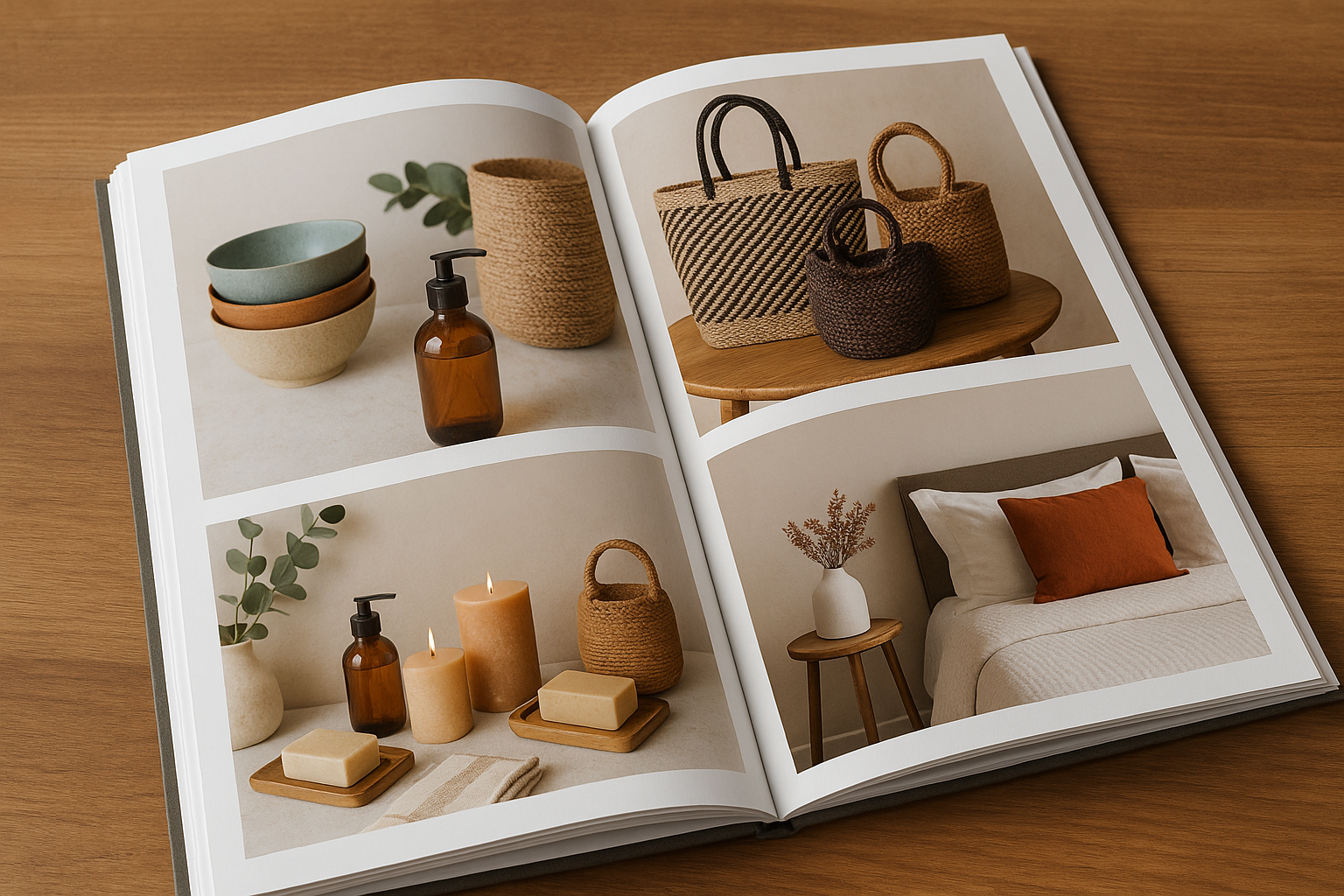
What are common FAQs about catalogue printing and design services?
Common questions include lead times, minimum order quantities, file format requirements, and options for distribution. Providers usually publish specifications for print-ready PDFs; files should be CMYK, include bleeds, and embed fonts. Minimum order quantities vary by provider and by whether litho or digital printing is used.
For education and large-volume clients, discuss bulk educational printing for schools and long-term pricing tiers to secure favourable rates for recurring orders.
How can I get started with a catalogue project?
Start by defining objectives: target audience, distribution geography (e.g., South Africa-wide), run size, and budget. Assemble product photography and copy, or engage a design team for content creation. Request a quote that breaks down costs for design, litho and digital printing, finishing, binding, and delivery. Ask for a production timeline aligned with your campaign dates and a sample proof before final approval.
Working with an experienced partner who offers custom publishing, print-on-demand, and integrated marketing print services will reduce complexity and help you meet promotional deadlines reliably.
Summary: Why invest in catalogue printing and design services?
A well-produced catalogue remains one of the most powerful and measurable marketing tools for retail, real estate, and manufacturing brands. With advanced litho and digital printing, eco-friendly materials, and reliable logistics for nationwide delivery, Print It ZA leads South Africa in catalogue printing and design services that consistently deliver tangible ROI.
When paired with strong design, precise proofs, and integrated distribution planning, Print It ZA’s catalogue printing ensures your brand looks professional and cohesive across every touchpoint. For schools, training centres, and small businesses, bundling catalogue projects with brochure printing, booklet printing, and textbook printing simplifies procurement and strengthens brand consistency across all printed materials.
Contact Print It ZA today for all your catalogue printing and design service requirements.
Print It ZA, we deliver Printing Best!
